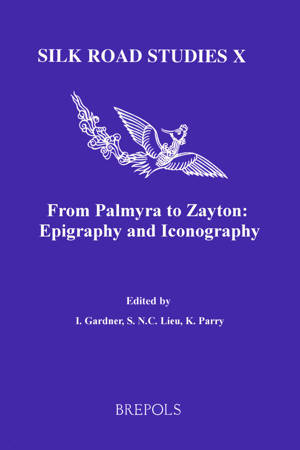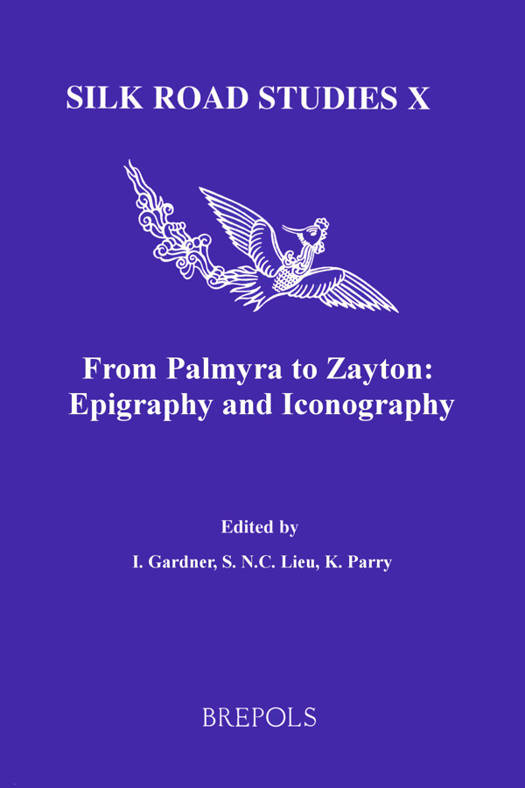
- Afhalen na 1 uur in een winkel met voorraad
- Gratis thuislevering in België vanaf € 30
- Ruim aanbod met 7 miljoen producten
- Afhalen na 1 uur in een winkel met voorraad
- Gratis thuislevering in België vanaf € 30
- Ruim aanbod met 7 miljoen producten
Zoeken
From Palmyra to Zayton
Epigraphy and Iconography
Iain Gardner, Sam Lieu, Ken Parry
Paperback | Engels
€ 58,30
+ 116 punten
Omschrijving
This volume highlights research by Australian scholars on two major Silk Road cities: Palmyra in Syria - long regarded as the finest example of a Caravan City - and Quanzhou (Zayton) in South China which was the destination of the main Maritime Silk Road between Medieval China and the Middle East. The volume exhibits for the first time in a western language publication and in full colour the unique iconography of the Nestorian Christian community in South China under Mongol rule. This material is virtually unknown to western scholars and will be of major importance to the study of the eastward diffusion of Christianity and of East-West contact in the period of Marco Polo. The volume also contains one of the largest collections of Palmyrene inscriptions (Aramaic, Greek, Latin and Hebrew) in English translations with accompanying original texts and detailed analytical indices. The selection focuses on politics and trade but also gives representative texts of almost all genres of Palmyrene inscriptions. The volume should prove indispensable to scholars of East-West contacts and of Roman History given the role played by Palmyra under Zenobia in the Crisis of the Third Century.
Specificaties
Betrokkenen
- Auteur(s):
- Uitgeverij:
Inhoud
- Aantal bladzijden:
- 278
- Taal:
- Engels
Eigenschappen
- Productcode (EAN):
- 9782503518831
- Verschijningsdatum:
- 26/08/2005
- Uitvoering:
- Paperback
- Formaat:
- Trade paperback (VS)
- Afmetingen:
- 174 mm x 225 mm
- Gewicht:
- 594 g

Alleen bij Standaard Boekhandel
+ 116 punten op je klantenkaart van Standaard Boekhandel
Beoordelingen
We publiceren alleen reviews die voldoen aan de voorwaarden voor reviews. Bekijk onze voorwaarden voor reviews.











